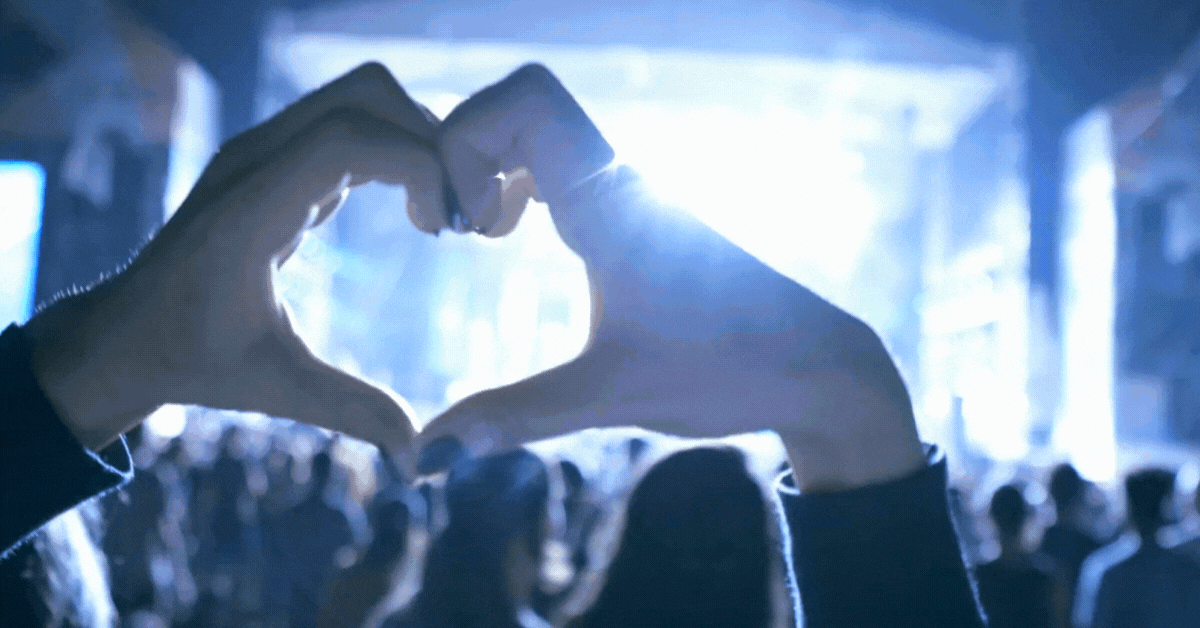Taylor Swift has done it again.
After dominating charts, breaking streaming records, and turning entire industries on their heads, she’s now made headlines for something a little more personal: her engagement to NFL star, Travis Kelce.
And with a lyric-inspired announcement, “Your English teacher and your gym teacher are getting married,” Taylor reminded us once again she knows exactly how to capture attention and shape a narrative. This is no accident.
As she told us in her Midnights album: “I laid the groundwork, and then just like clockwork, the dominoes cascaded in a line… It was all by design.” Whether it’s her career moves, her personal news, or the way she brings millions of people along for the ride, Taylor mania is as carefully orchestrated as it is heartfelt.
So, what can Australia’s energy transition learn from the pop powerhouse’s ability to engage, inspire, and mobilise people? Are you ready for it?
1. Design for your audience.
Taylor is the queen of fostering a connection with her fans. Every social media post, song, and release is carefully designed for her audience and intended to maximise engagement.
From leaving ‘Easter eggs’ (clues) for fans to unravel, to hosting listening parties, everyone is invited to have a seat at the table. These behaviours are encouraged as she rewards fans for their participation; creating further incentives to get involved for the long haul.

For Australia’s energy transition, the same principle applies.
We need to build a system that invites consumers in from the start, not as passive participants but as co-creators. The 2024 Integrated System Plan assumes that about four in five homes will have rooftop solar by 2050. To achieve this, consumers will need to be motivated to take part and be invested in the system’s success. What might it take to develop the equivalent of a Swiftie army of energy consumers ready and keen to act?
2. There are many ways to get involved
Whether you fell in love with Taylor’s country beginnings, her pop anthems, or the indie folk of folklore and evermore, there’s an “era” for everyone. Fans can find their own entry point into the world she’s built because she offers so many ways to connect.
Likewise, we need to demonstrate that there is more than one way to engage with the energy transition. Consumers need to see a version of themselves participating in the transition in a variety of ways that are meaningful to them, so they can imagine themselves taking part. This means we need to design for those who are change-ready; as well as people who might be uncertain or insecure about the future.
Renters, landlords, First Nations communities, small businesses, CALD communities, homeowners and more need to see a pathway and a role for themselves to play in the transition. Making the transition feel personal and possible, is how we move from interest to action. Watch a panel discussion from our 2024 Foresighting Forum for more insights about how to achieve this.
3. Embrace unlikely partnerships
Taylor’s relationship with Travis Kelce didn’t just dominate headlines – it brought new audiences to the NFL, with a reported hundreds of millions of dollars in added exposure and revenue. Suddenly, people who’d never watched a game were tuning in.
Energy can learn from this too.
Who might be key to reaching new audiences that are typically harder to engage in the transition? Who do they trust, and what are the avenues through which they hear trusted voices? As our household energy consumer information research shows, there is great power in hearing from voices people already trust.
When we find the right messengers, we can reach entirely new audiences and bring them along on the journey.
A consumer “era” for energy
If we take some of Taylor’s wisdom and apply it to Australia’s energy transition, we might just be entering the consumer “era”. An era where consumers see themselves not just as energy users, but as co-participants in the transition. And that’s when the magic happens.

